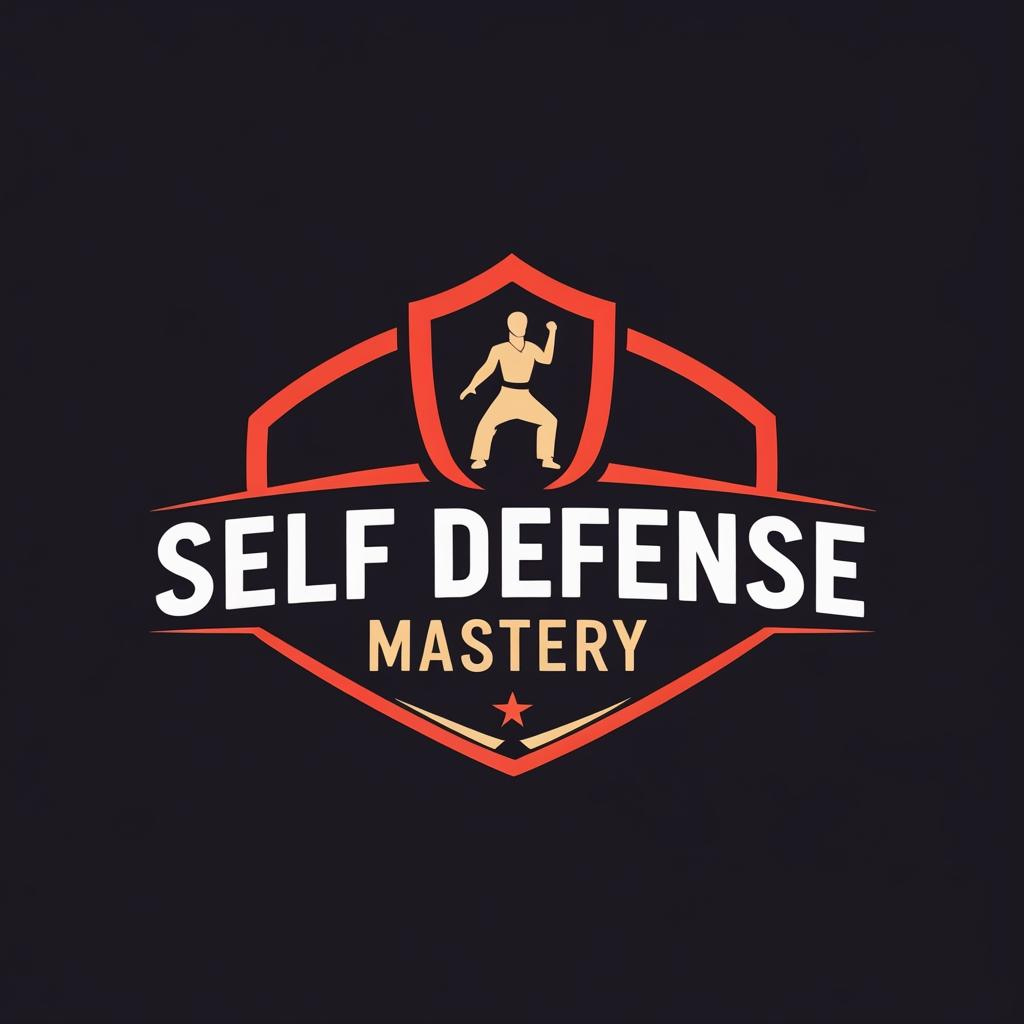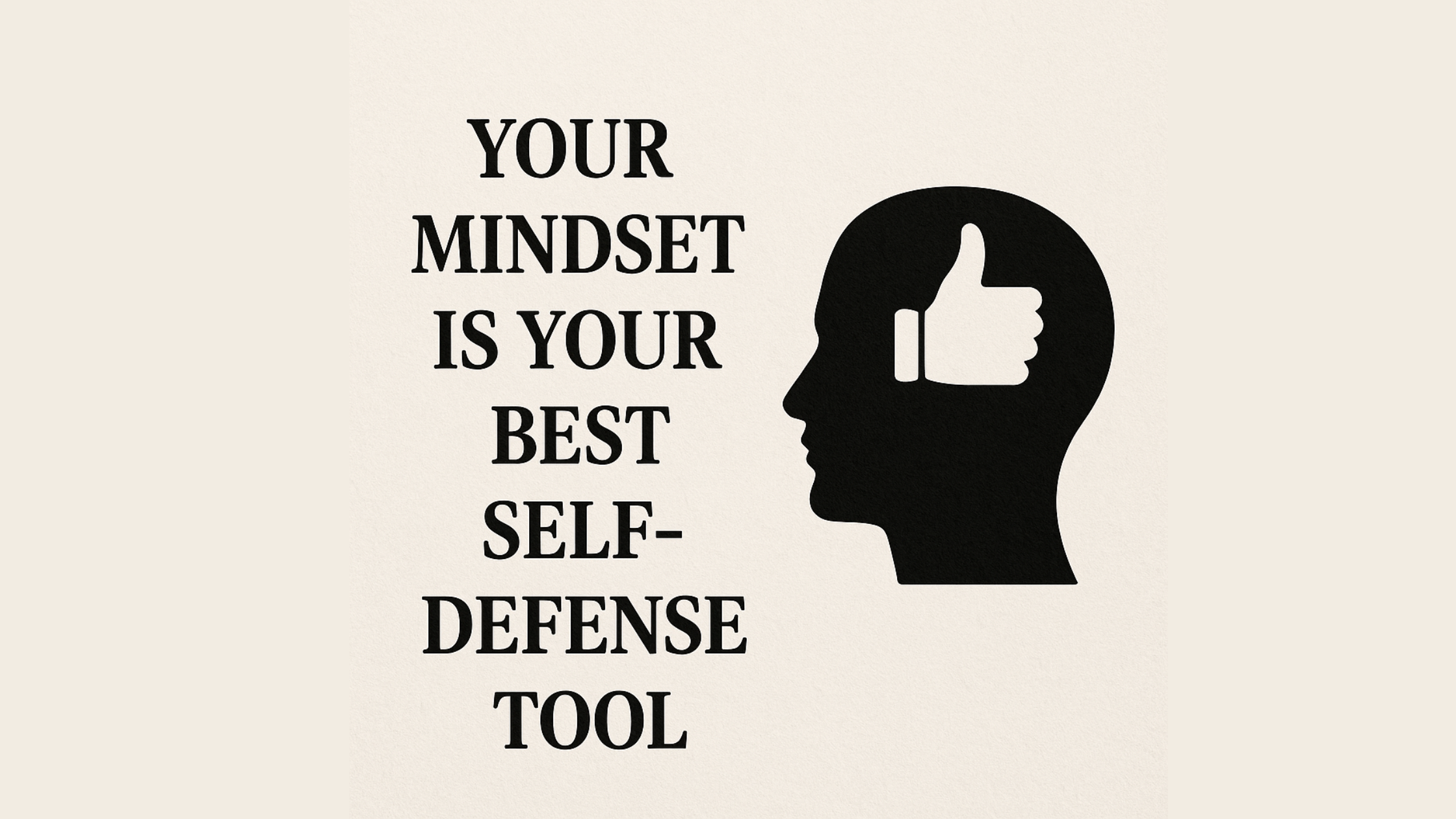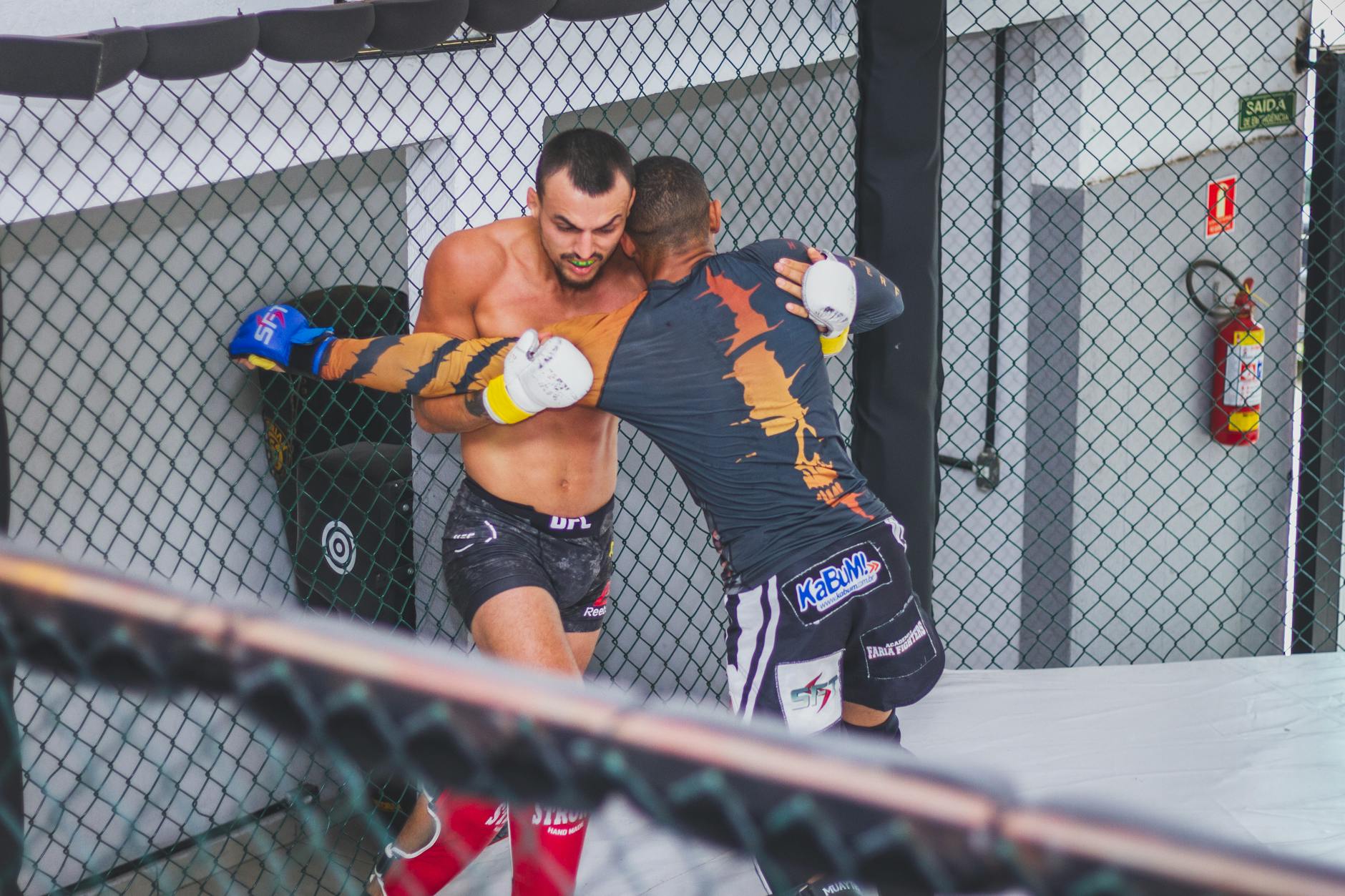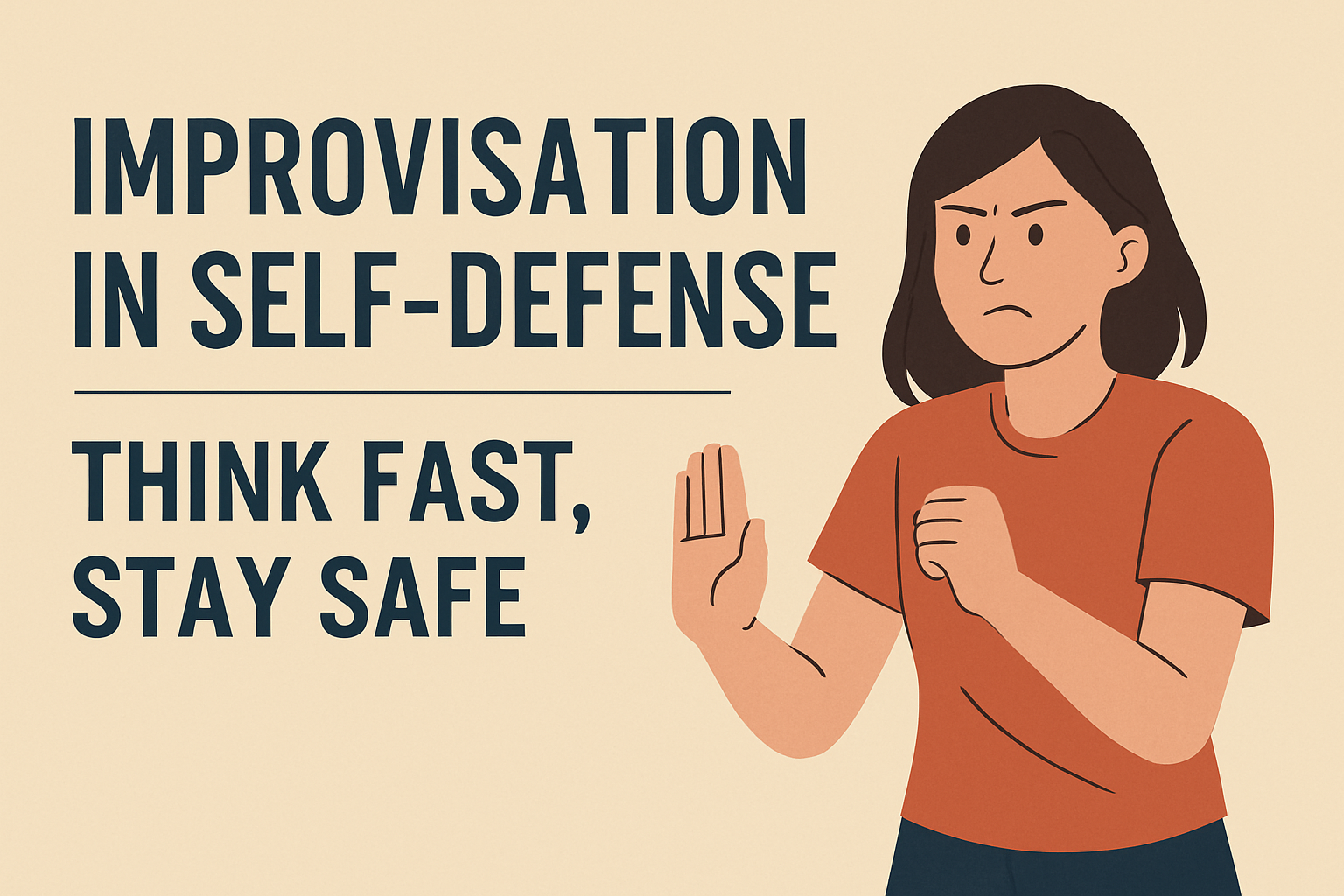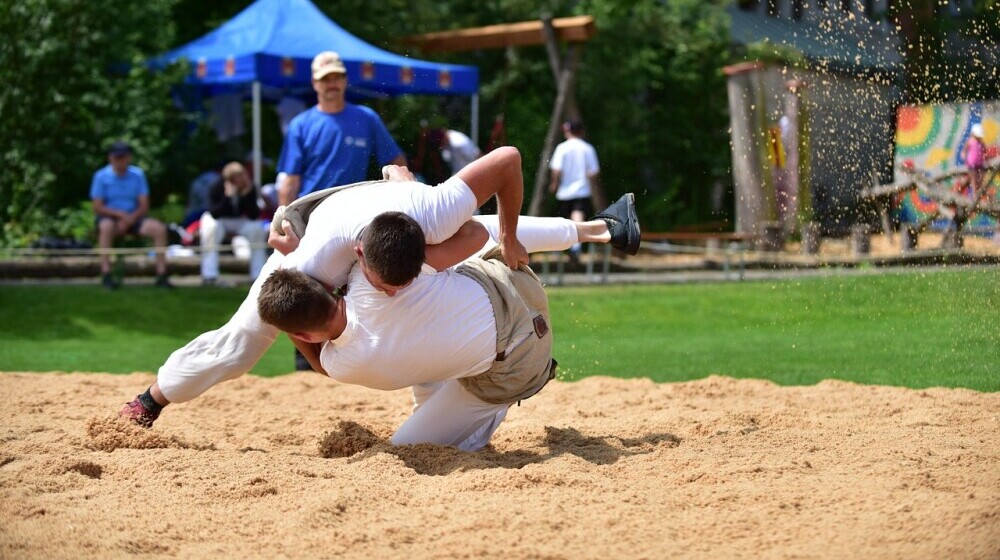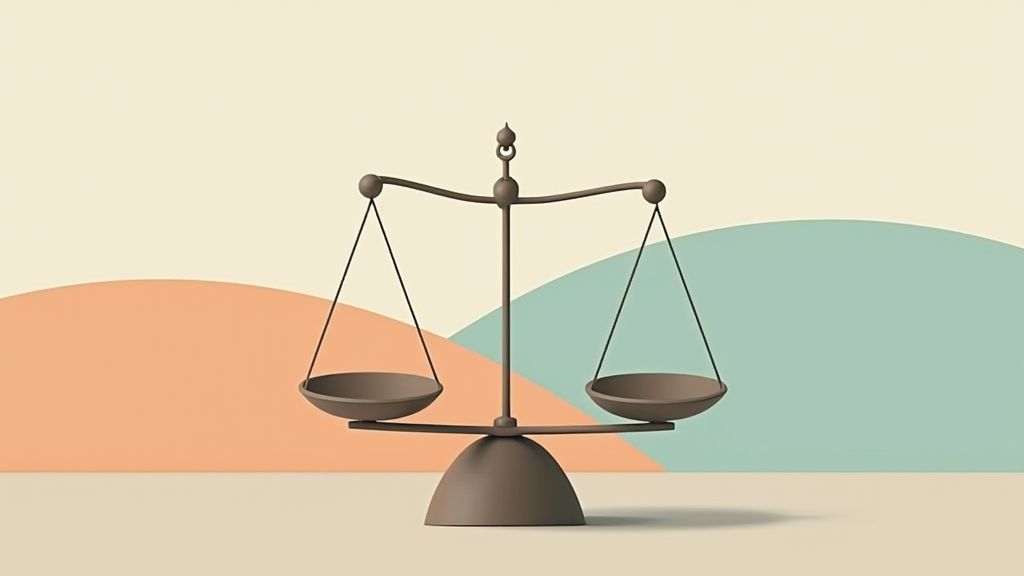Mindset is the Starting Point to Self-Defense
Physical skills in self-defense are important, but they aren’t enough on their own. A strong mindset is the starting point of true self-defense. Without mental preparedness, even the best techniques can falter under pressure. Your ability to stay aware, manage emotions, and act decisively in critical moments makes the difference.
The Role of Mental Preparedness in Self-Defense
Mental preparedness is training your mind to anticipate and respond to threats effectively. It’s the foundation on which physical skills are built. When a situation arises, your ability to think clearly and act calmly can save your life. Often, individuals with no formal training have managed to survive dangerous encounters simply because they stayed mentally focused.
Awareness and Perception of Threats
Situational awareness is the ability to recognize potential dangers before they escalate. It means staying alert to your surroundings and identifying anything unusual. For example, noticing someone following you or lingering too close can give you time to take preventive action.
Affiliate Disclosure
At Self Defense Mastery, some links on this website may be affiliate links. This means that if you click on a link and make a purchase, we may earn a small commission at no additional cost to you. These commissions help us keep the content, guides, and resources on this site free for our readers.
A Quick Suggestion
Check out this book on Mindset by Mr Martin ONeill, Author of the Essential Self Defense For the Streets: Self Defense Mindset for Street Survival.
Summary of Martin ONeill’s Self-defense Instruction
Martin ONeill, a highly respected self-defense and martial arts instructor, offers practical skills for self-defense that are easy to learn and recall under pressure. His books provide essential guidance on what to do and what to avoid in real-life self-defense situations.
Readers will develop confidence in recognizing body language and using both verbal and non-verbal communication. They will learn techniques for striking key targets and acquiring emergency self-defense skills.
With over forty years of experience, ONeill shares personal stories and real-life examples that illustrate street survival. He holds multiple martial arts credentials, including being a Full Instructor in Jeet Kune Do and a Black Belt in Karate. His background as a former Full Contact Fighter and bouncer adds to his authority in the field.
By engaging with ONeill’s work, you gain valuable insights and practical knowledge that can enhance your ability to stay safe in challenging situations.
Emotional Control Under Pressure
In high-stress scenarios, emotions can easily take over. Fear, panic, or anger can cloud judgment and lead to poor decisions. Staying calm and composed is crucial for effective self-defense.
To improve emotional control, practice controlled breathing exercises. Deep, slow breaths can calm your nervous system and help you think clearly. Another effective method is exposing yourself to simulated stressful situations in a controlled environment, such as during self-defense training.

Photo by Yaroslav Shuraev
Building a Defensive Mindset
A defensive mindset is about developing mental habits that prepare you for anything. This involves not only recognizing threats but also knowing how to respond to them effectively.
Visualization Techniques for Self-Defense
Visualization is a powerful mental tool. It involves imagining scenarios where you might face a threat and mentally rehearsing your response. For instance, picture someone grabbing your arm. Think through the steps you’d take to escape or counter the attack. This mental practice can prepare you to act quickly in real situations.
The Power of Positive Self-Talk
Positive self-talk can boost your confidence and readiness. Instead of doubting your ability to handle a threat, train yourself to think, “I can defend myself.” Confidence is a key part of self-defense, starting with how you speak to yourself.
Self-Defense Training and Mindset Integration
Combining mindset training with physical self-defense techniques creates a holistic approach. Your physical skills enhance your ability to act, while your mindset ensures you act wisely.
Techniques to Reinforce Mental and Physical Synergy
Practice drills that require quick decision-making under pressure. For example, during training, simulate real-life scenarios where you must analyze threats and respond physically. This integration helps align your mind and body, improving overall readiness. Check out this article on situational awareness for more tips on strengthening your mental and physical responses.
Overcoming Fear Through Repetition and Training
Fear often stems from the unknown. The more you train, the more familiar you become with potential threats. Repeated practice builds muscle memory, allowing you to react almost automatically when faced with danger. Over time, this reduces fear and increases confidence.
Final Thoughts
Mindset is at the heart of self-defense. Physical techniques are important, but a prepared mind ensures you’re ready for anything. By staying aware, managing emotions, and building a defensive mindset, you empower yourself to handle threats effectively. Combine this mental groundwork with consistent training to create a comprehensive self-defense strategy. Personal safety begins in the mind; make sure yours is ready.
